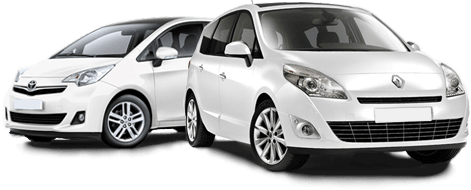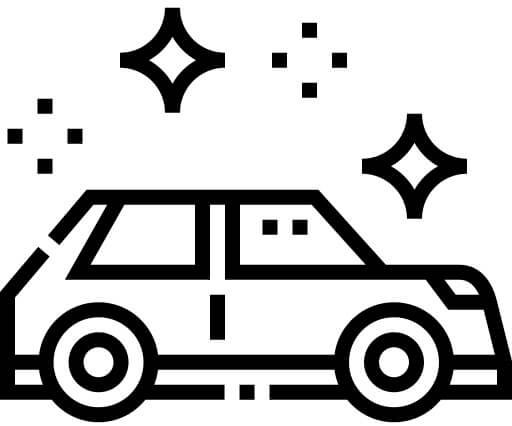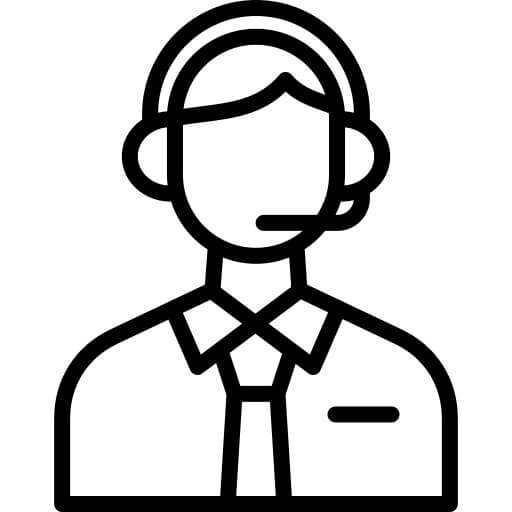1. Which side of the road should I drive on in Traralgon?
In Traralgon, and the rest of Australia, all vehicles are driven on the left-hand side of the road.
2. What are the typical speed limits in Traralgon?
The standard speed limit in built-up areas throughout Traralgon is usually 50km/h. On country roads, the limit can reach up to 100km/h, and on some highways and freeways, up to 110km/h. Always look for and adhere to posted speed limit signs.
3. Are there any specific driving rules I should be aware of?
Australia enforces strict road rules including obeying speed limits, not driving under the influence of drugs or alcohol, and not using a mobile phone while driving. Additionally, roundabouts are common and follow a give-way-to-the-right rule.
4. Do I need a particular driving license to drive a car in Traralgon?
Yes. If you're visiting from overseas, you'll need to carry your valid international driving permit (IDP) along with your domestic license. If your overseas license is in a language other than English, it must be accompanied by an official English translation.
5. How are speeding violations detected?
Australia uses different types of speed cameras such as fixed, mobile and point-to-point systems to detect speeding violations. Always adhere to the speed limits to avoid penalties.
6. What are the rules regarding children travelling in a car?
Children under seven years of age must travel in a child restraint or booster seat when traveling in a car. Children between four and seven years old may only sit in the front seat if all other back seats are occupied by children under seven.
7. Are there toll roads in Traralgon?
While there are no toll roads directly in Traralgon, various toll roads exist in larger cities and interconnecting highways throughout Australia. It's recommended to check your planned travel route for any potential tolls.
8. How about parking rules in Traralgon?
Parking rules can vary in Traralgon, with some areas offering metered parking, and others requiring parking permits. Signs should clearly indicate if parking restrictions are in place, including for disabled parking.
9. What is the process in case of a road accident?
If you are involved in a road accident, it's crucial to stop and check if anyone is injured. If injuries are involved, call 000 for emergency services. If it's a minor accident, exchange contact and insurance details with the other driver(s).
10. Where should I expect heavy traffic in Traralgon?
While Traralgon is generally free-flowing, peak hours can cause congested traffic. Additionally, delays may occur due to roadworks, accidents or during local events.
11. Do I need to carry any specific documents while driving?
Yes. You must carry your valid driving licence at all times while driving. Additionally, you should carry the registration and insurance papers of the vehicle.
12. Are there any pedestrian only areas in Traralgon?
Yes, there are several pedestrian precincts in Traralgon where only foot traffic is allowed. Always respect pedestrian zones and avoid driving into these areas.
13. Can I turn at a red light?
Turning on a red light is not allowed unless there is a sign indicating that you may do so.
14. What are the rules for honking?
Honking should only be used to alert other drivers of danger and not as a means of aggression or impatience.
15. Are there any peculiarities of country driving?
When driving in rural areas, be cautious of unexpected wildlife crossing the roads, particularly at dawn and dusk. Also, country roads could be uneven or unsealed, so adjust your speed accordingly.













